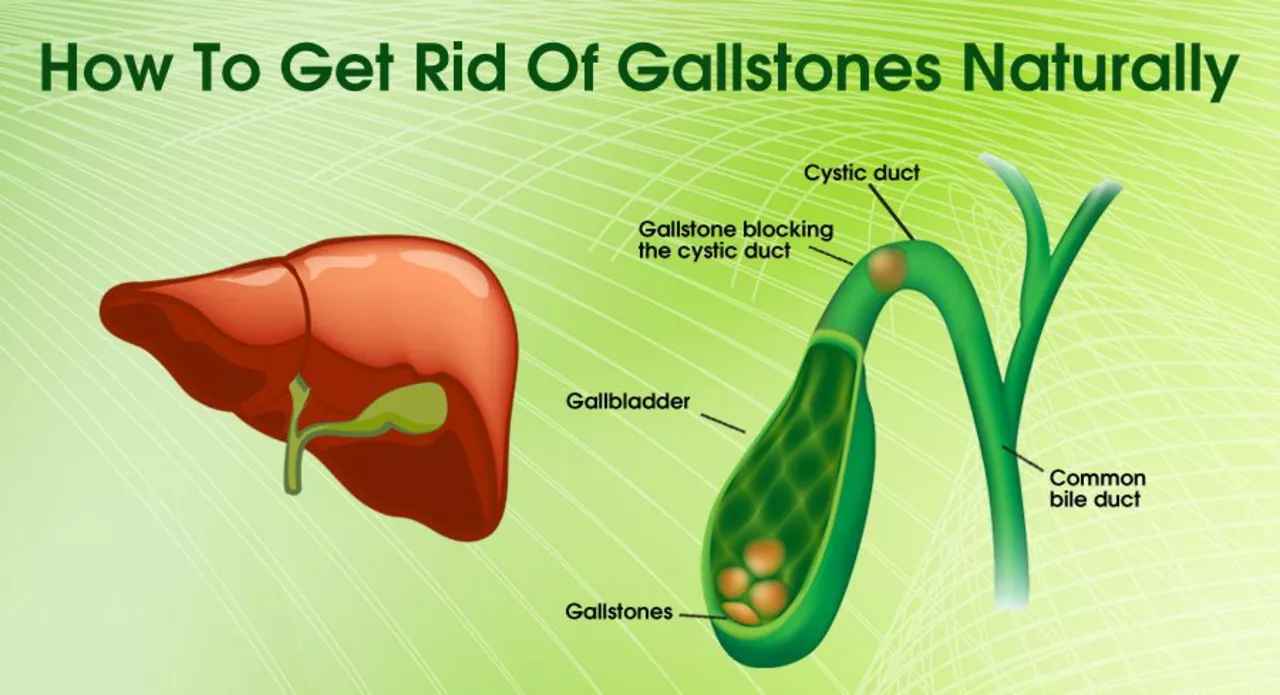Gallstones: What They Are and What You Can Do
Gallstones are small, hard deposits that form in your gallbladder. Many people have them and never notice. But when a stone blocks a bile duct, it can cause sharp pain, nausea, fever, or jaundice. This page gives clear, usable steps to spot trouble, relieve symptoms, and talk to your doctor with confidence.
How gallstones feel and when to seek help
The most common sign is a sudden, intense pain in the upper right belly that may last from minutes to hours. You might feel the pain under your right rib cage and it can spread to your right shoulder or back. Other warning signs: fever, yellowing of the skin or eyes, dark urine, light-colored stools, or repeated vomiting. If you have high fever with chills, persistent severe pain, or jaundice, go to an emergency room—these can mean infection or a blocked bile duct.
Some people only get mild, dull ache after fatty meals. If your pain is short and occasional, write down when it happens and what you ate. That info helps your doctor decide whether testing is needed.
Diagnosis, treatment options, and simple self-care
Doctors usually start with an ultrasound—fast, painless, and accurate for detecting gallstones. Blood tests check for infection or liver problems. If needed, they may order a CT scan or a HIDA scan. For stones in the bile duct, an ERCP procedure both finds and removes them.
Treatment depends on symptoms. If stones never bother you, many clinicians recommend no treatment—just watchful waiting. For repeated pain or complications, the usual fix is cholecystectomy (removal of the gallbladder), most often done laparoscopically. It’s a common surgery and most people recover quickly and eat normally afterward.
If surgery isn’t an option, a medicine called ursodiol (ursodeoxycholic acid) can slowly dissolve some cholesterol stones over months. It doesn’t work for all stones and they can come back after stopping the drug. Pain is often managed with over-the-counter options like acetaminophen or short-term prescription pain meds—follow your clinician’s advice.
Simple home steps help too: eat smaller, lower-fat meals when you have pain, avoid heavy fried foods, and stay hydrated. Rapid weight loss raises the risk of stones, so aim for steady, gradual weight changes instead.
If you’re unsure whether your symptoms are from gallstones, ask your primary care doctor or a gastroenterologist. Bring a list of symptoms, how long they last, and any recent weight changes or pregnancies. Your local pharmacist can also help with short-term pain relief options and advise when you need urgent care.
Want to read more? Check our related articles on medications, surgery options, and diet tips for digestive health to help you decide the next best step.

The Long-Term Effects of Living with Gallstones
Living with gallstones for an extended period can have significant long-term effects on one's overall health. Constant pain and discomfort become a daily struggle, affecting our ability to perform everyday tasks and enjoy life. Additionally, if left untreated, gallstones can lead to severe complications such as gallbladder inflammation, infection, and even pancreatitis. Moreover, the risk of gallbladder cancer increases with the presence of gallstones. It's crucial to consult with a healthcare professional to discuss treatment options and prevent these long-term consequences.
Read More